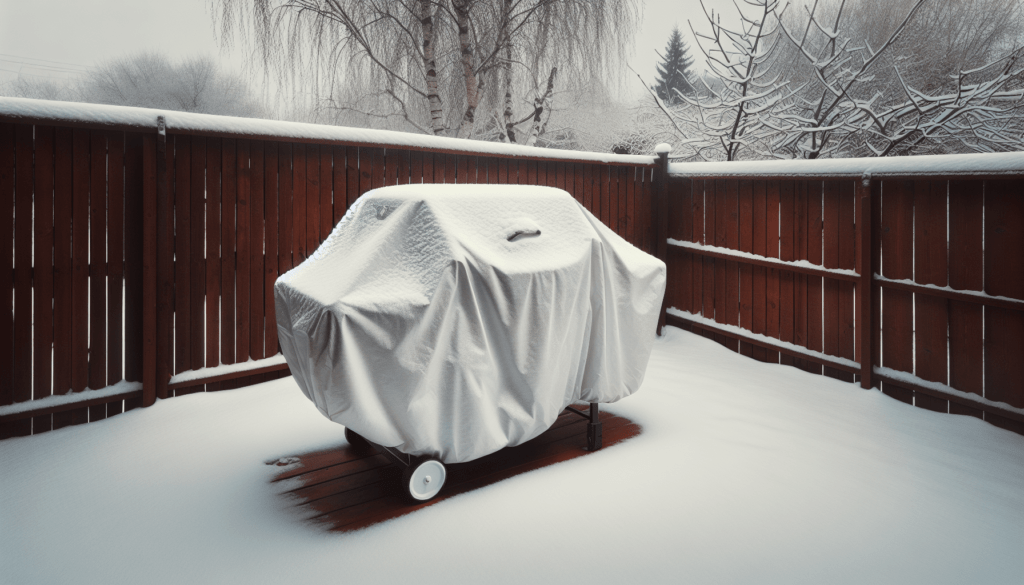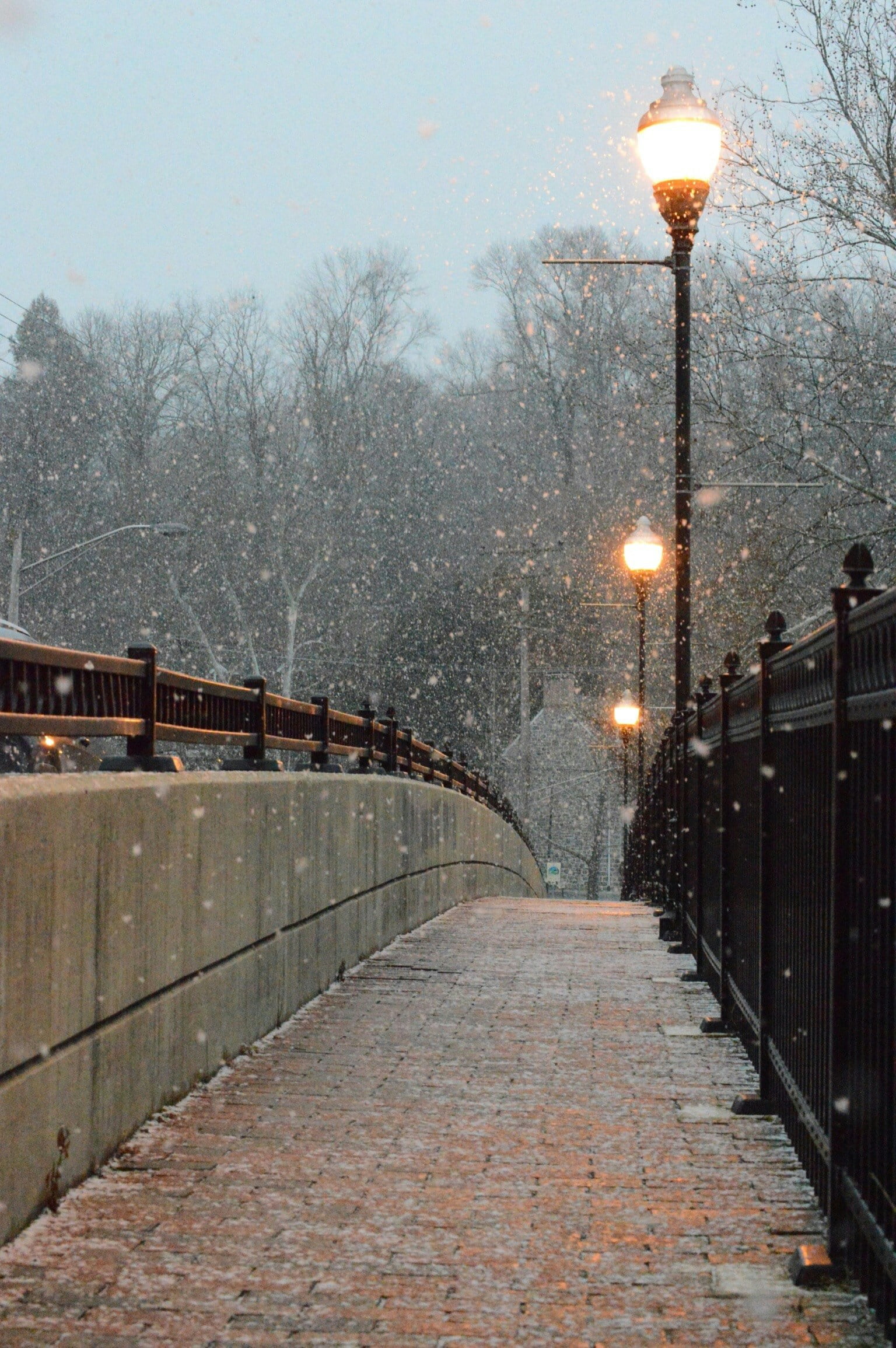How do you store a barbeque grill in winter? This is a common question many barbeque enthusiasts ask as the colder months approach. Ensuring your grill is properly stored helps extend its longevity and keeps it in prime condition for when grilling season rolls around again. Whether you have a gas, charcoal, or electric grill, proper storage is essential. Let’s break down the steps and tips to make sure your barbeque grill will be ready for action when the warm weather returns.
Importance of Proper Barbeque Grill Storage
Storing your barbeque grill correctly during winter is crucial for several reasons. Firstly, it prevents any rust or corrosion caused by moisture. Secondly, it keeps pests and insects from making a home in your grill. Lastly, proper storage maintains the overall functionality and appearance of your grill, saving you money on potential repairs or replacements.
Pre-Storage Cleaning Steps
Before you store your barbeque grill for winter, a thorough cleaning is in order. This ensures that no food residues are left, which could attract pests or cause unpleasant odors. Here’s a simple guide to get your grill spotless:
Cleaning Gas Grills
- Turn Off the Gas Supply: Ensure the gas tank is completely turned off and disconnected.
- Remove Grates and Burners: Take out the grates, burner protectors, and the burner itself to clean each part individually.
- Scrub the Grates: Use a grill brush to remove any food residues and carbon buildup.
- Soak in Soapy Water: Place removable parts like grates in soapy water for a few hours, then scrub and rinse them clean.
- Clean the Inside: Use a putty knife to scrape off any grease build-up inside the grill.
- Wipe and Dry: Wipe all surfaces with a damp cloth and then dry them thoroughly.
Cleaning Charcoal Grills
- Remove Ashes: Ensure all ashes are cooled down, then dispose of them properly.
- Clean Grates: Scrub the cooking grates with a grill brush to remove any stuck-on food particles.
- Wash the Grill: Wash the grates and the inside of the grill with warm soapy water.
- Dry Thoroughly: Dry all parts to prevent rusting.
Cleaning Electric Grills
- Unplug the Grill: Make sure the grill is unplugged and has completely cooled down.
- Remove Cooking Plates: Depending on the model, remove the cooking plates and clean them with warm soapy water.
- Clean Heating Element: Wipe down the heating element carefully with a damp cloth.
- Dry Everything: Ensure all parts are thoroughly dried before reassembling.

Disconnecting and Storing Fuel Sources
Once your grill is clean, the next step is to disconnect and store the fuel sources properly.
Gas Grills
- Disconnect the Propane Tank: Make sure the valve is closed tightly, then disconnect it from the grill.
- Store the Tank: Store the propane tank upright in a cool, well-ventilated space, away from any potential sources of ignition.
Charcoal Grills
- Unused Charcoal: Store any unused charcoal in a dry, cool place, preferably in a metal or airtight container to keep it dry.
Electric Grills
- Store Cords Safely: Coil the electric cord neatly and use a zip tie or twist tie to keep it in place. Store the cord indoors to prevent damage.
Choosing a Storage Location
Selecting an appropriate location for storing your barbeque grill is vital. You want a place that is dry, safe, and sheltered from the elements.
Outdoor Storage
If you must store your grill outdoors, invest in a high-quality grill cover that can protect it from rain, snow, and ice. Make sure the cover is waterproof and fits tightly to prevent any moisture from seeping in.
Indoor Storage
Storing your grill indoors offers the best protection. A garage, shed, or basement works well. Ensure the space is dry and well-ventilated to avoid any build-up of humidity.
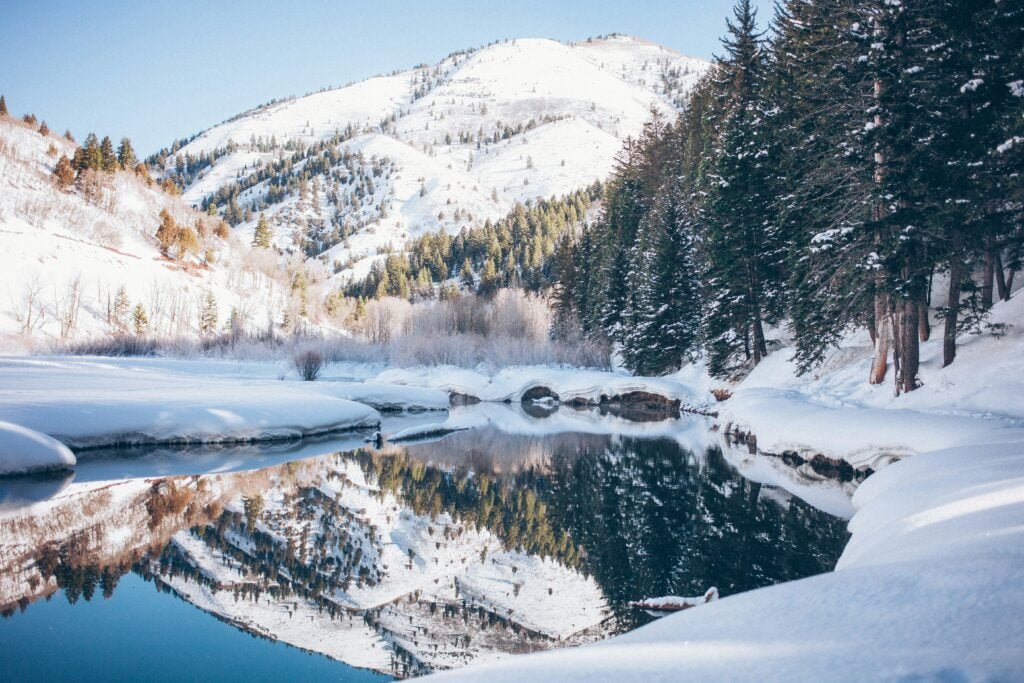
Covering the Barbeque Grill
A proper grill cover is your first line of defense against harsh winter conditions. Here’s what to keep in mind:
Selecting a Grill Cover
- Material: Choose a cover made from heavy-duty, weather-resistant material. Vinyl and polyester are excellent choices.
- Fit: Make sure the cover fits your grill securely, covering it completely, including the wheels.
Additional Protection Tips
- Use Bungee Cords: If needed, use bungee cords to secure the cover and keep it from blowing off during windy conditions.
- Double Check Seals: Ensure all seams and seals of the cover are intact to prevent water intrusion.
Storing Removable Parts
Don’t forget the smaller, removable components of your grill. These parts are also susceptible to damage if not stored correctly.
Detachable Parts
- Grates and Plates: Store in a dry area, perhaps in a plastic container to keep them safe from moisture.
- Burners: If removable, store them in a separate, dry container to prevent corrosion.
- Tools and Utensils: Clean and store your grill tools and utensils in a dry, indoor space.
Keeping Parts Organized
Using labeled containers or bags can help you keep all parts organized, making reassembly in the spring much easier.
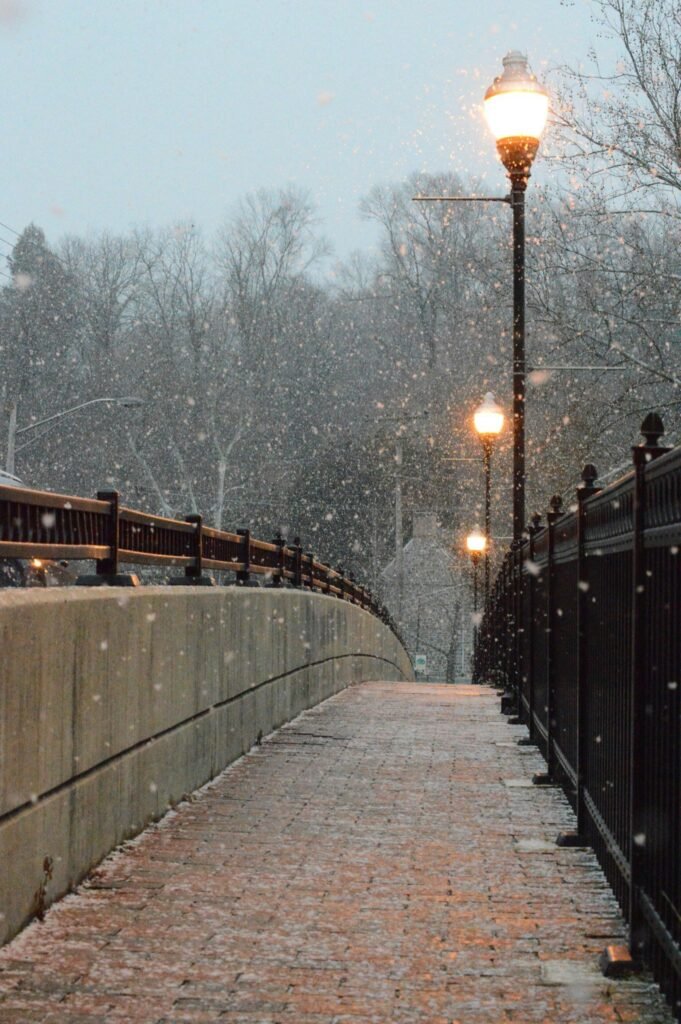
Maintenance Check Before Storage
Performing a maintenance check before storing your grill can help identify any issues that need to be repaired. This can save you from unwanted surprises when you’re ready to use your grill again.
Check for Rust
Inspect all parts for any signs of rust. If you find any, scrub it off with a wire brush and apply a rust-resistant coating.
Check Hoses and Connections
For gas grills, inspect hoses and connections for any leaks or signs of wear. Replace any damaged parts to ensure safety when the grill is back in use.
Lubricate Moving Parts
Use a high-temperature lubricant to oil any moving parts, such as hinges and wheels, to keep them functioning smoothly.
Preparing Your Grill for Spring
When the warm weather returns and it’s time to bring your grill out of storage, a few preparatory steps ensure it’s ready to use.
Reassemble Your Grill
- Reattach Parts: Reassemble all the removable parts you stored, such as grates, burners, and cooking plates.
- Check Connections: For gas grills, reconnect the propane tank and ensure all connections are secure and leak-free.
Perform a Test Run
Before cooking, perform a test run to ensure everything is working properly. Light the grill and let it heat up to confirm that the burners are functioning correctly.
Clean and Season
Give your grill a quick clean and season the grates by applying a thin coat of oil. This helps maintain a non-stick surface and prevents rust.
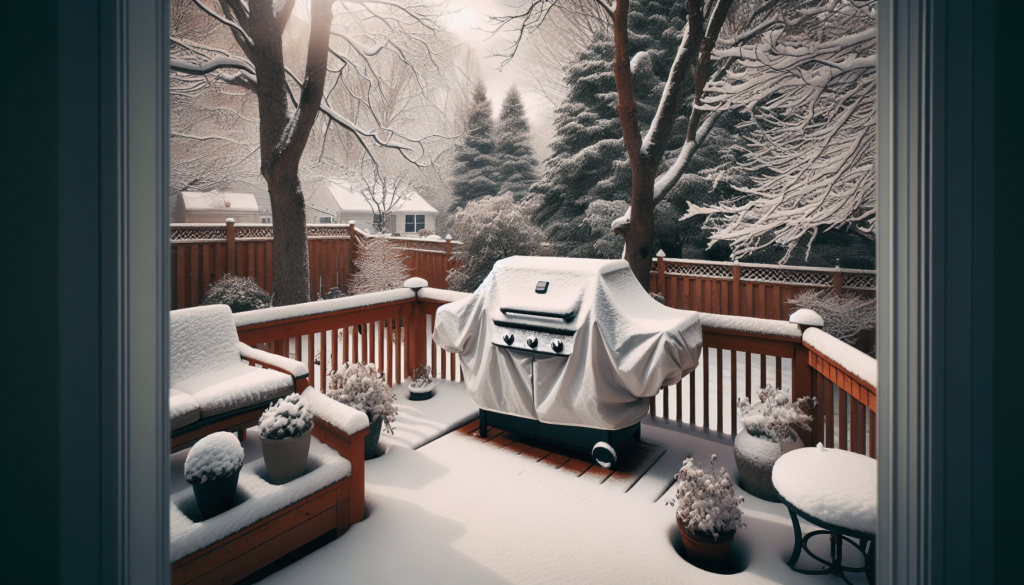
Seasonal Maintenance Tips
During grilling season, regular maintenance can keep your grill in top shape. Here are some tips:
- Regular Cleaning: Clean your grill after each use to prevent food buildup.
- Inspect Parts: Regularly check parts for wear and tear, replacing any damaged components.
- Cover When Not in Use: Use a grill cover to protect your grill from the elements even during the grilling season.
Conclusion
Properly storing your barbeque grill in winter not only extends its life but also ensures it’s ready to deliver delicious meals come spring. By following these detailed steps—cleaning, disconnecting fuel sources, choosing the right storage location, covering the grill, storing removable parts, performing maintenance checks, and preparing for spring—you can keep your grill in excellent condition year-round.
Remember, a little effort during the off-season can save you from major repairs and ensure that every grilling session is a success. Happy grilling, and may your barbeque always be smoky and savory!
